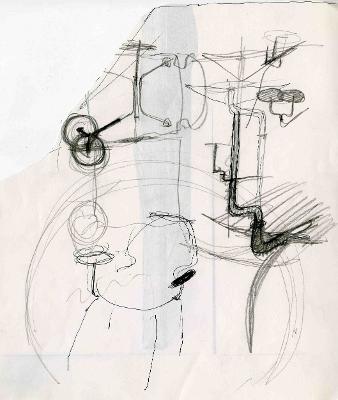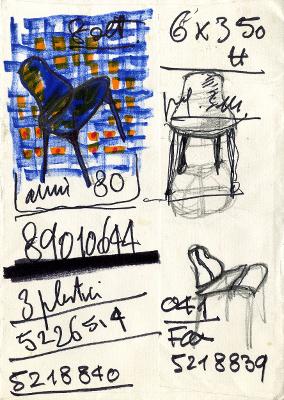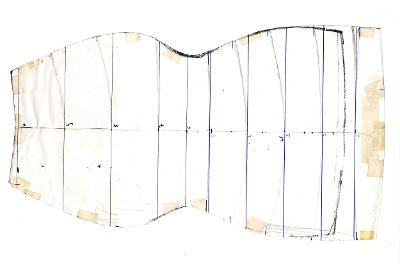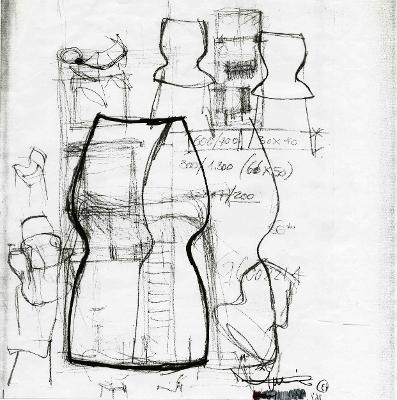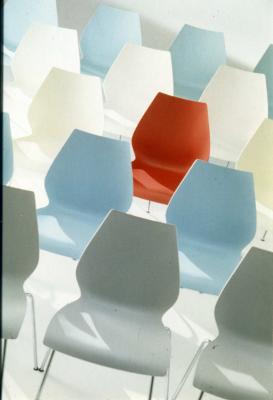Maui










Polypropylene is here treated as a manageable sheet of material after having been injected into a shell-like mould that, in order to outline the curves, required a long formal development and structural testing process directly on the production site. The shape of the shell was designed intuitively, on the spur of the moment; already in the designer's first approach to outlining the shape, it was visible in the first plaster model, and the final version surprisingly matches the versions through the whole series of strength tests, the technical verification and production process. The design of the shell defines a structure that is resistant "by shape", making it unnecessary to rely on ribbing elements; the model of reference is the curved plywood chair by Arne Jacobsen and the direct comparison with the curved wood led to a mandatorily more rigid outline of the curves. Conceived for mass production with a limited cost, it was part of a seating collection for offices, waiting rooms, conference rooms but also for home decoration. It can be accessorised with armrests, writing pads and laterally connecting elements.
Chrome-plated steel frame, seat in mass-coloured polypropylene. Charcoal grey, zinc white, navy blue, violet, light grey, milk yellow, light blue-green, light blue-grey
46x50.5x79 cm
L. Coz, Magistretti design, in Casamica 9, settembre 2001
Fulvio Irace, Vanni Pasca, Vico Magistretti architetto e designer, Milano, Electa 1999, pp./nn. 159
AAVV, Vico Magistretti. Intuizioni concettuali tra modernità e tradizione, RCS 2016, Lezioni di Architettura e Design
Domus agosto 1996, 784, pp./nn. 96
Paola Proverbio, Vico Magistretti. I protagonisti del Design, Milano, Hachette 2011, pp./nn. 38-39



